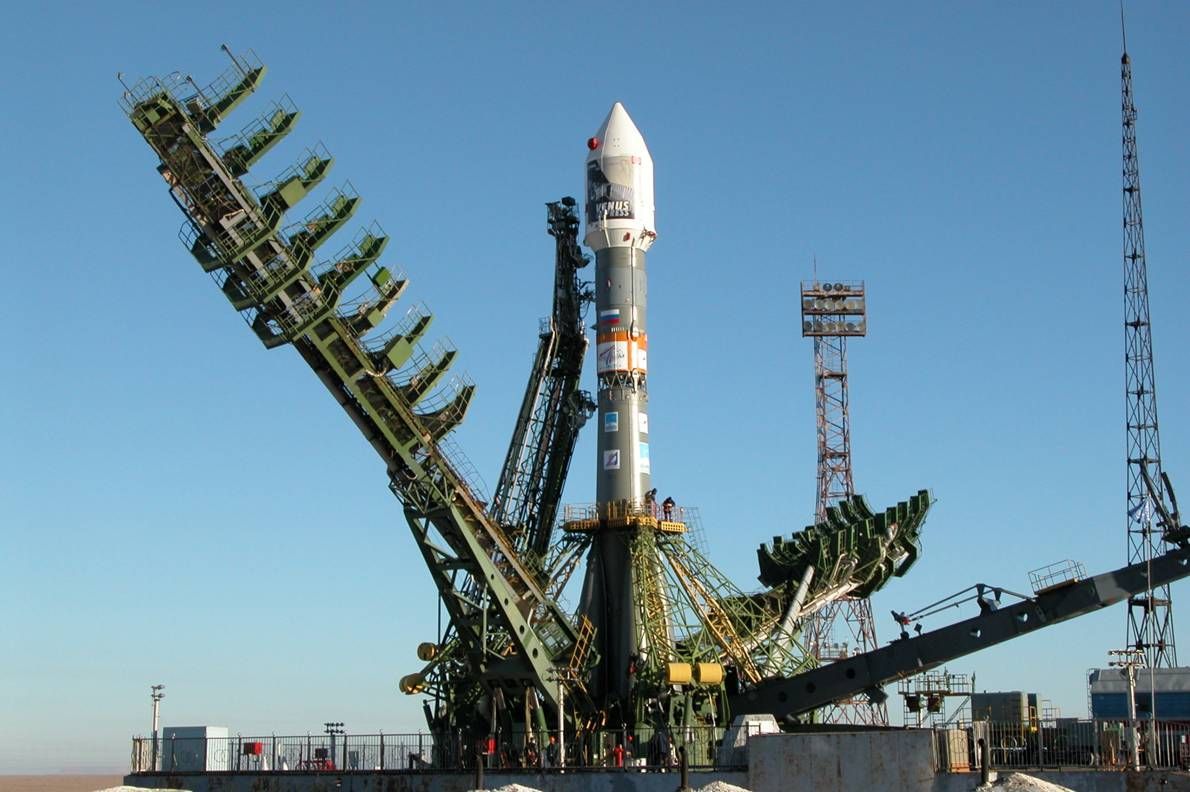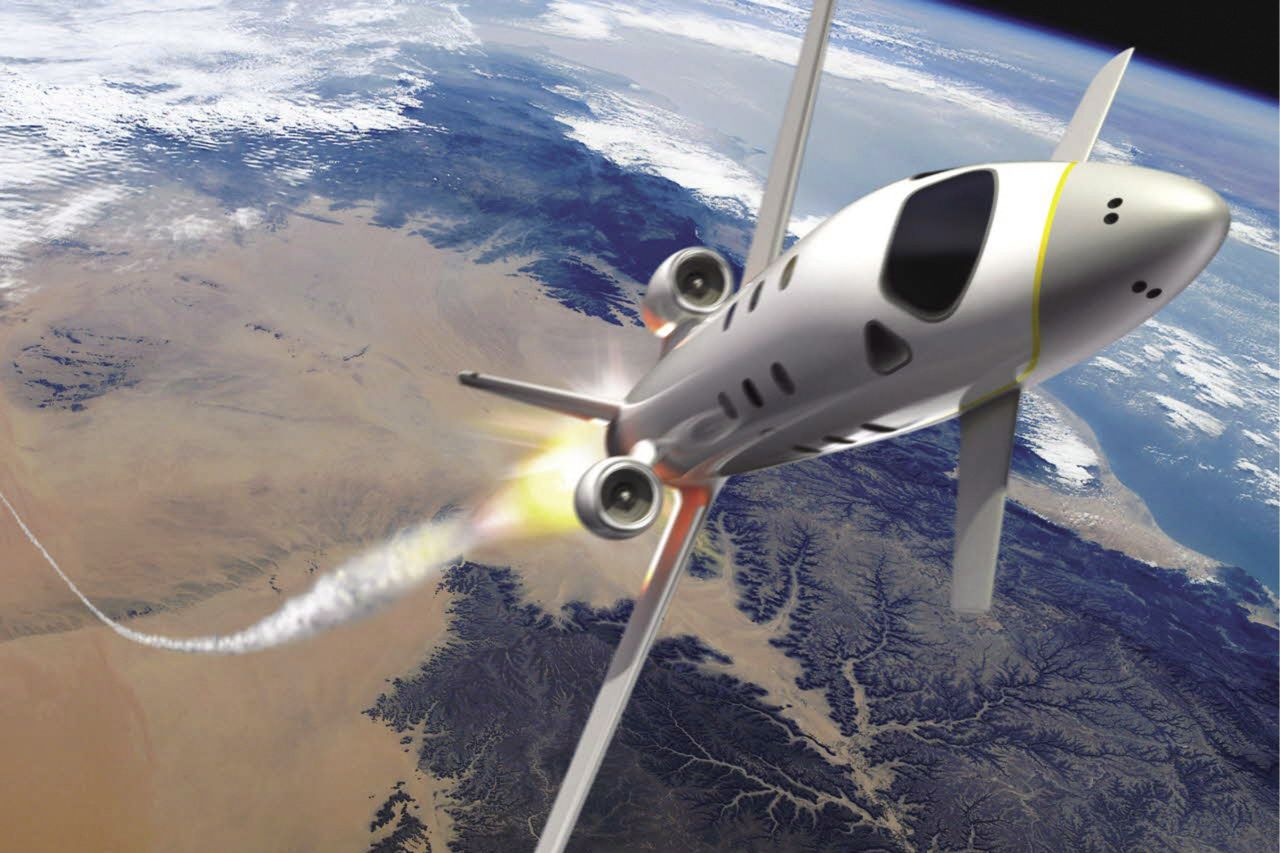
Deutsch-Chinesische Enzyklopädie, 德汉百科
 科学技术
科学技术


Der Wasserstoff erzeugt durch eine chemische Reaktion mit Sauerstoff Elektrizität, mit der der Zug angetrieben wird. Und wie – bis zu 200 Kilometer pro Stunde bringt er auf die Schiene. Als Nebenprodukte entstehen dabei nur Wasser und Wärme, wobei beides davon wiederverwertet wird. Das bei der Wasserstoff-Brennstoffzellenreaktion entstehende Wasser werde gereinigt und wiederverwendet, um den Wasserbedarf der Fahrgäste zu decken, so ein technischer Experte von CRRC. Die Abwärme, die bei der Kühlung der Wasserstoff-Brennstoffzelle entstehe, würde im Winter zum Heizen der Klimaanlage genutzt. Bei einer geschätzten Fahrleistung von 300'000 Kilometern könnte jeder Zug den Kohlendioxidausstoss um etwa 730 Tonnen pro Jahr verringern.
氢气通过与氧气发生化学反应产生电力,用于为列车提供动力。它的时速可达 200 公里。唯一的副产品是水和热量,这两种物质都可以循环利用。据中国铁路总公司的技术专家介绍,氢燃料电池反应过程中产生的水经过净化和再利用,可以满足乘客的用水需求。氢燃料电池冷却过程中产生的废热将在冬季用于加热空调系统。每辆列车的行驶里程预计为 30 万公里,每年可减少二氧化碳排放量约 730 吨。
Bei seinem Betriebstempo von 160 km/h hat der CINOVA H₂ mit einer Tankfüllung eine Reichweite von 1200 Kilometern – das wäre in etwa von Zürich bis Palermo auf Sizilien, Madrid in Spanien oder Dublin in Irland. In einer Komposition mit vier Wagen könne der Zug bis zu 1000 Passagiere befördern – und dies auch mit grossem Komfort.
CINOVA H₂的运行速度为每小时 160 公里,一箱油的续航里程为 1200 公里,大致相当于从苏黎世到西西里岛的巴勒莫、西班牙的马德里或爱尔兰的都柏林。列车由四节车厢组成,最多可搭载 1000 名乘客,而且非常舒适。
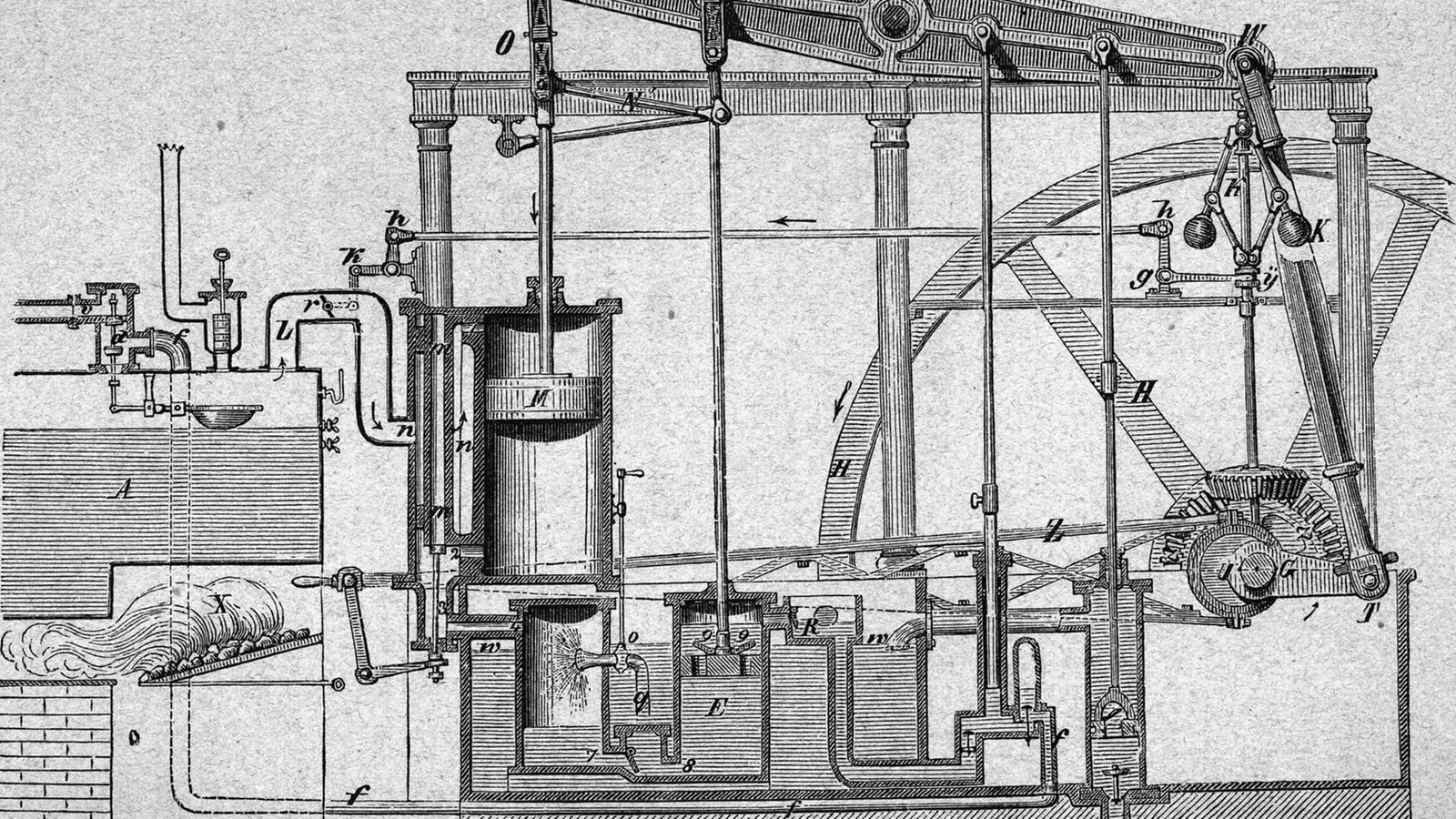
瓦特蒸汽机(Watt steam engine),又称博尔顿-瓦特蒸汽机(Boulton and Watt steam engine),是一种由詹姆斯·瓦特设计的早期蒸汽机,是工业革命的推动力之一。詹姆斯·瓦特在1763年至1775年期间,在马修·博尔顿的支持下,零星地展开设计。
与早期其他人设计的蒸汽机(如纽可门蒸汽机)相比,瓦特设计的蒸汽机节省了更多的燃料。1776年,瓦特设计的蒸汽机开始商业化,此后瓦特持续改进自己设计的蒸汽机。
过了很多年后,新的设计才开始逐步取代瓦特设计的蒸汽机[1]。
The Watt steam engine design became synonymous with steam engines, and it was many years before significantly new designs began to replace the basic Watt design.
The first steam engines, introduced by Thomas Newcomen in 1712, were of the "atmospheric" design. At the end of the power stroke, the weight of the object being moved by the engine pulled the piston to the top of the cylinder as steam was introduced. Then the cylinder was cooled by a spray of water, which caused the steam to condense, forming a partial vacuum in the cylinder. Atmospheric pressure on the top of the piston pushed it down, lifting the work object. James Watt noticed that it required significant amounts of heat to warm the cylinder back up to the point where steam could enter the cylinder without immediately condensing. When the cylinder was warm enough that it became filled with steam the next power stroke could commence.
Watt realised that the heat needed to warm the cylinder could be saved by adding a separate condensing cylinder. After the power cylinder was filled with steam, a valve was opened to the secondary cylinder, allowing the steam to flow into it and be condensed, which drew the steam from the main cylinder causing the power stroke. The condensing cylinder was water cooled to keep the steam condensing. At the end of the power stroke, the valve was closed so the power cylinder could be filled with steam as the piston moved to the top. The result was the same cycle as Newcomen's design, but without any cooling of the power cylinder which was immediately ready for another stroke.
Watt worked on the design over a period of several years, introducing the condenser, and introducing improvements to practically every part of the design. Notably, Watt performed a lengthy series of trials on ways to seal the piston in the cylinder, which considerably reduced leakage during the power stroke, preventing power loss. All of these changes produced a more reliable design which used half as much coal to produce the same amount of power.[1]
The new design was introduced commercially in 1776, with the first example sold to the Carron Company ironworks. Watt continued working to improve the engine, and in 1781 introduced a system using a sun and planet gear to turn the linear motion of the engines into rotary motion. This made it useful not only in the original pumping role, but also as a direct replacement in roles where a water wheel would have been used previously. This was a key moment in the industrial revolution, since power sources could now be located anywhere instead of, as previously, needing a suitable water source and topography. Watt's partner Matthew Boulton began developing a multitude of machines that made use of this rotary power, developing the first modern industrialized factory, the Soho Foundry, which in turn produced new steam engine designs. Watt's early engines were like the original Newcomen designs in that they used low-pressure steam, and all of the power was produced by atmospheric pressure. When, in the early 1800s, other companies introduced high-pressure steam engines, Watt was reluctant to follow suit due to safety concerns.[2] Wanting to improve on the performance of his engines, Watt began considering the use of higher-pressure steam, as well as designs using multiple cylinders in both the double-acting concept and the multiple-expansion concept. These double-acting engines required the invention of the parallel motion, which allowed the piston rods of the individual cylinders to move in straight lines, keeping the piston true in the cylinder, while the walking beam end moved through an arc, somewhat analogous to a crosshead in later steam engines.
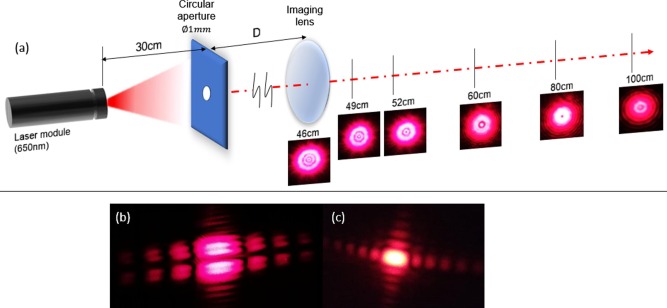
物理光学(英语:physical optics),又称波动光学(wave optics)是光学的一个分支,研究的是关于干涉、衍射、偏振与其它在几何光学里射线近似不成立的种种现象。假设光波的波长超小于仪器的尺寸,能取波长趋向于零的极限为近似,则可以使用几何光学的方法来解析问题;对于小尺寸仪器,必须假设光波具有有限波长,改使用物理光学的方法来解析问题。[1]:36, 149
在光学通信(optical communication)里,像量子噪音(quantum noise)一类的效应是包括在干涉理论(coherence theory)的研究领域,通常不会包括在物理光学的研究领域。
物理光学建立在惠更斯原理的基础上,可以计算复波前(包括振幅与相位)通过光学系统的模型。这一技术能够利用计算机数值仿真模拟或计算衍射、干涉、偏振、像差等各种复杂光学现象。由于仍然会用到近似,物理光学不能像电磁波理论模型一样地能够全面描述光传播。对于大多数实际问题来说,完整电磁波理论模型需要的计算量太大,在现在的一般计算机硬件条件下并不十分实用,但小尺度的问题可以使用完整波动模型进行计算。
Als Wellenoptik oder physikalische Optik bezeichnet man in der Physik den Teilbereich der Optik, der Licht als elektromagnetische Welle behandelt statt als Bündel von Lichtstrahlen wie in der geometrischen Optik. Mithilfe der Wellenoptik lassen sich über die Ergebnisse der geometrischen Optik hinaus weitere Phänomene des Lichtes erklären, wie z. B. Farbe, Interferenz, Beugung und Polarisation.
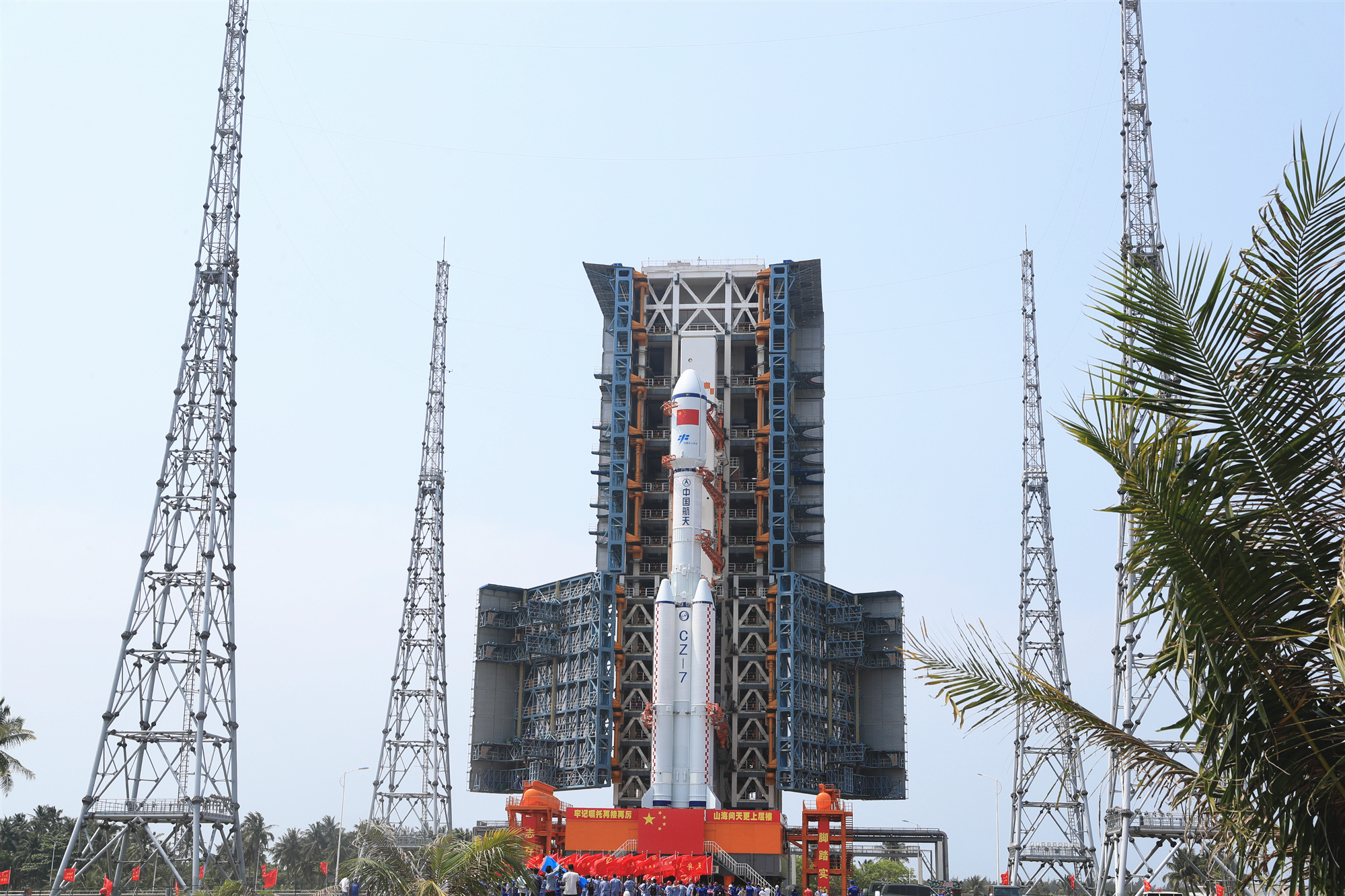
中国文昌航天发射场[2](China Wenchang Spacecraft Launch Site),又称文昌航天城,位于中国海南省文昌市龙楼镇以南、中南水库以东,隶属中国西昌卫星发射中心,是西昌卫星发射中心下辖的两个发射场之一。[3][4][5]
该航天发射场于2009年9月14日开工建设,2014年10月中旬建成。由于此地点的纬度较低(约北纬19度),离赤道较近,地球自转造成的离心力可以让火箭在燃料不变的情况下携带更大的载荷。该中心可以用来发射大型长征五号系列火箭及中型长征七号系列火箭。
文昌衛星発射場(ぶんしょうえいせいはっしゃじょう、簡体字: 文昌卫星发射场、英語: Wenchang Satellite Launch Site)は、中華人民共和国海南省の文昌市郊外のロケット発射場、西昌衛星発射センターに所属。南シナ海に面した海南島の北東の海岸に位置する中国第4の発射場で、4つの発射場のうち最も南にあり、中国初となる海岸沿いの発射場。もとは弾道ロケットの試験場だった場所であるが、本格稼働に向け拡張工事が行われている。
Wenchang Spacecraft Launch Site (文昌航天发射场[2][3]), located in Wenchang, Hainan, China. It is one of the two spacecraft launch sites of Xichang Satellite Launch Center (the other site is in Xichang).[4][5][6]
It is a former sub-orbital test center. It is China's fourth and southernmost space vehicle launch facility (spaceport). It has been specially selected for its low latitude, which is only 19 degrees north of the equator, which will allow for a substantial increase in payload, necessary for the future manned program, space station and deep space exploration program. Furthermore, it is capable of launching the new heavy-lift Long March 5 booster.[7]
Unlike the space centers on the mainland whose rail tracks are too narrow to transport the new five meter core boosters, Wenchang uses its sea port for deliveries. Initial launches of the CZ-5 booster from Wenchang were, as of early 2008, expected in 2014, one year after the intended commissioning of the Wenchang Launch Site.[8] They were later shifted to 2016.[9] The CZ-5B (max payload to LEO) variant will fly around 2018.[10] But CZ-5 carrier rocket was already shipped from North China's Tianjin port at 20 September 2015 for a rehearsal (some drills carried out on the launch pad that involves both the carrier rocket and a probe) of a scheduled Chang'e-5 lunar mission planned around 2019.[11]
The construction of the site was completed by October, 2014.[1] The first launch took place successfully at 20:00, June 25, 2016.[12]
La base de lancement de Wenchang est la quatrième base de lancement d'engins spatiaux de la République populaire de Chine. Elle est entrée en fonction le 25 juin 2016 avec le lancement du premier exemplaire du lanceur lourd Longue Marche 7. Elle est située à proximité de la ville de Wenchang sur la côte nord-est de l’île de Hainan. Utilisé jusque-là pour le tir de fusées-sondes, le site a été sélectionné en premier lieu pour sa faible latitude : situé sur le 19e parallèle nord, sa proximité avec l’équateur permet d’augmenter de manière importante la masse des charges utiles placées sur une orbite géostationnaire. La base est conçue pour permettre le tir des nouveaux lanceurs chinois en particulier le lanceur de moyenne puissance Longue Marche 7 qui doit assurer la majorité des lancements de satellites chinois à terme et le lanceur lourd Longue Marche 5 (charge utile de 25 tonnes en orbite basse) qui doit d'une part jouer un rôle central dans la réalisation du programme spatial habité en permettant la construction d’une station spatiale lourde d'autre part permettre l'envoi de sondes spatiales dans le système solaire.
Il centro spaziale di Wenchang (WSLC, Wenchang Satellite Launch Center) è uno spazioporto situato a Wenchang, sull'isola di Hainan, in Cina. In precedenza usato solo per voli suborbitali, il 25 giugno 2016 è stato utilizzato per la prima volta per un lancio orbitale. È il quarto centro di lancio cinese e quello situato più a sud (19° di latitudine), il che permette di aumentare il carico lanciato senza dover aumentare le dimensioni del lanciatore. Sarà utilizzato per future missioni umane, per la stazione spaziale cinese e per missioni nello spazio profondo. Sarà inoltre il sito di lancio per il futuro lanciatore spaziale cinese Lunga Marcia 5.
Il primo lancio è avvenuto alle ore 20.00 (ora locale) del 25 giugno 2016, quando un lanciatore Lunga Marcia 7 ha portato in orbita con successo alcuni satelliti.
El Centro de Lanzamiento de Satélites de Wenchang (WSLC), ubicado cerca de Wenchang, en la costa noreste de la isla de Hainan, es una base espacial china. Es la cuarta instalación de lanzamiento de vehículos espaciales, y situada más al sur, de la República Popular de China. Ha sido seleccionada especialmente por su baja latitud, que está a sólo 19 grados al norte del ecuador, lo que permitirá un aumento sustancial de la carga útil, necesaria para el futuro programa tripulado, la estación espacial y el programa de exploración del espacio profundo. Además, es el centro de lanzamiento de los nuevos vehículos Larga Marcha 5 (CZ-5).2
A diferencia de los centros espaciales en el continente cuyo ancho de vía es demasiado estrecho para transportar los nuevos vehículos de 5 metros, Wenchang hará uso de su puerto marítimo para las entregas. Los lanzamientos iniciales del CZ-5 se esperan para 2014, un año después de la prevista puesta en marcha del Centro de Wenchang.3
Китайский космодром Вэньчан (кит. трад. 中国文昌航天发射场, пиньинь: Zhōngguó wénchāng hángtiān fāshè chǎng, палл.: чжунго вэньчан хантянь фашэ чан, англ. China Wenchang Spacecraft Launch Site, сокр. WSLC) — четвёртый китайский космодром. Прежнее (до ноября 2016 года) название: Центр запуска спутников Вэньчан[1]. Также известный, как Космический городок Вэньчан. Расположен на острове Хайнань (который ранее был известен курортами), на самом юге Китая. Космодром Вэньчан будет иметь ключевое значение для дальнейшей реализации амбициозной космической программы Китая. Его будут использовать для доставки на орбиту компонентов национальной космической станции и осуществления лунных миссий.
 运输和交通
运输和交通

 能源
能源


 汽车
汽车
 历史
历史

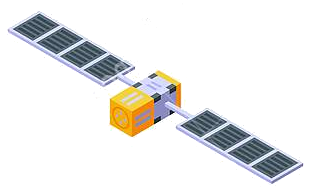
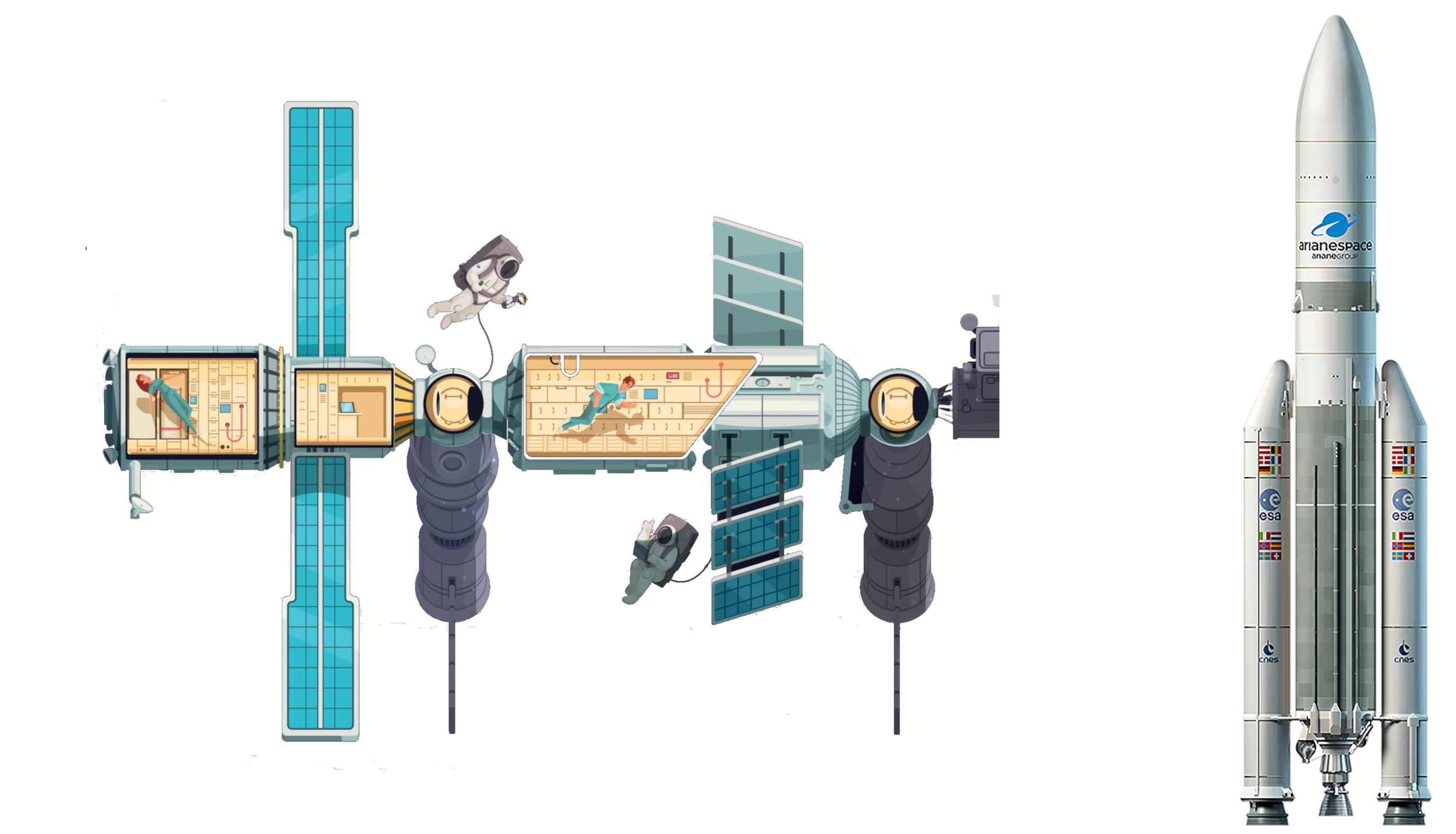 航空航天
航空航天
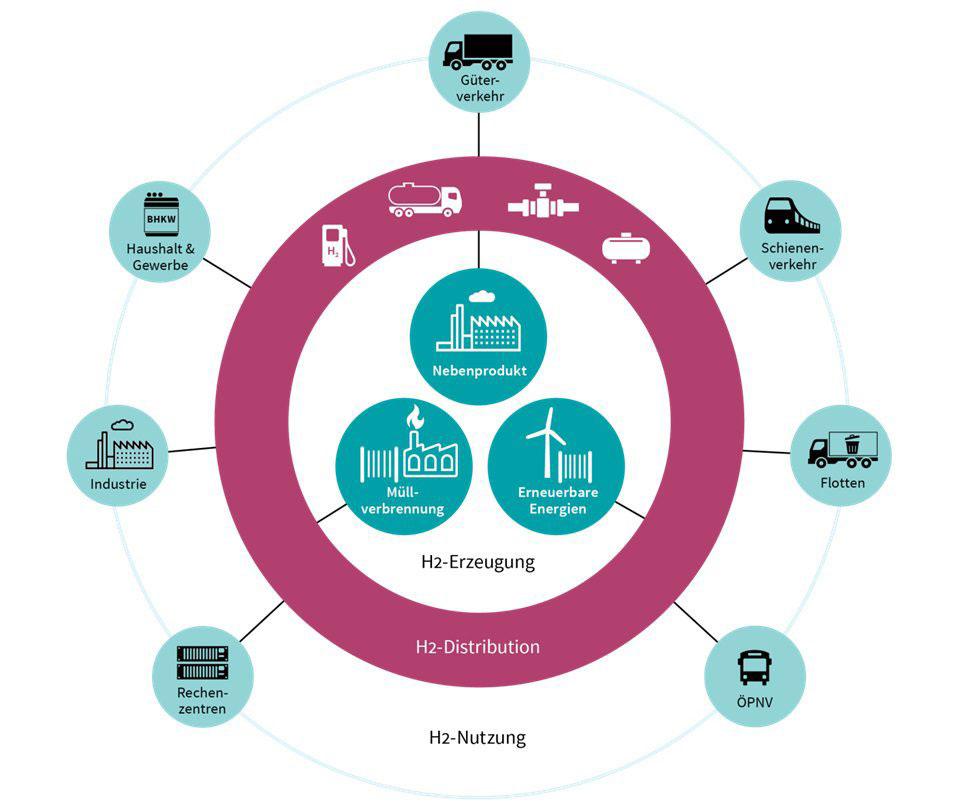




 教育和研究
教育和研究
 重要学科
重要学科
 天文
天文
